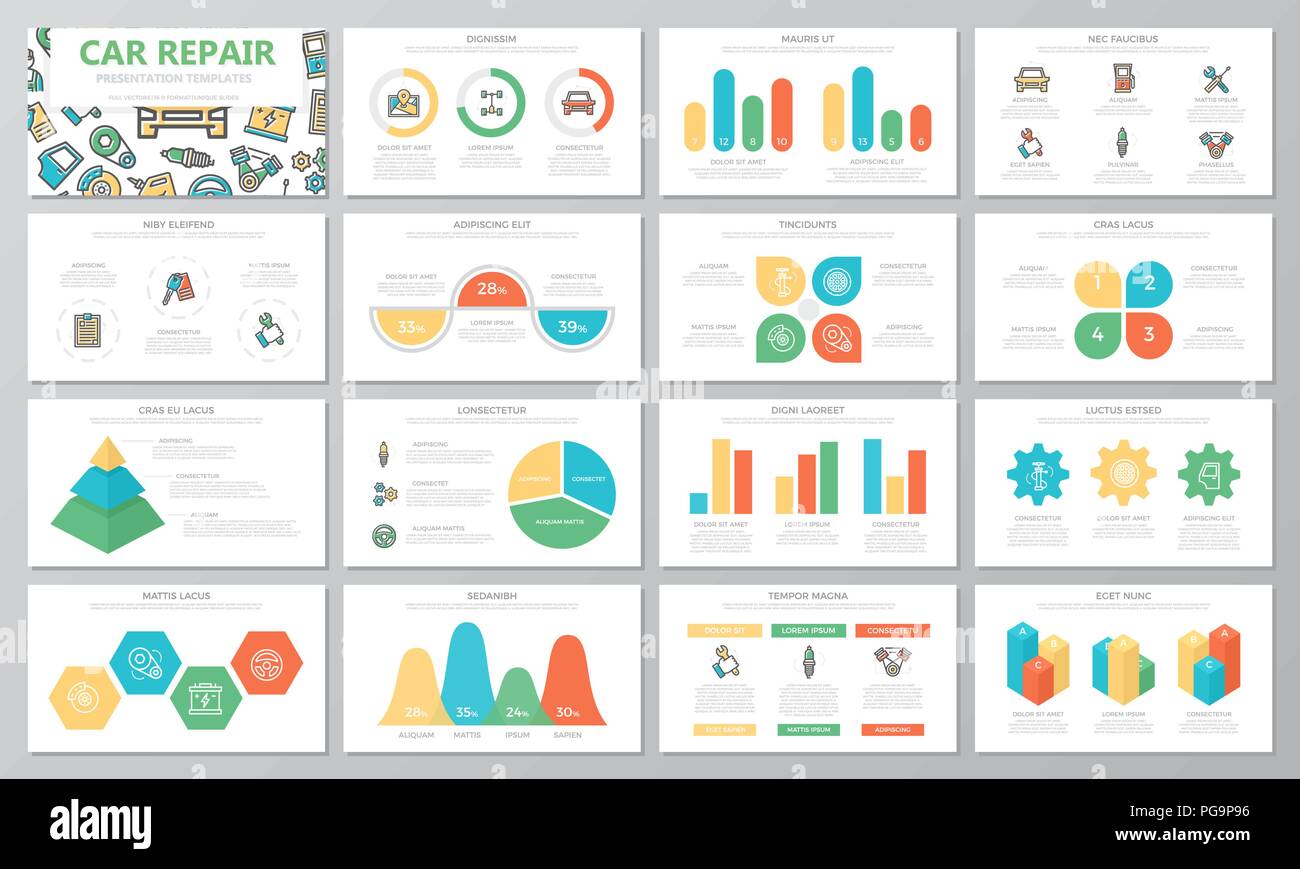Understanding The Definition Behind Your Car'S Warning Lighting: A Thorough Look
Understanding The Definition Behind Your Car'S Warning Lighting: A Thorough Look
Blog Article
Write-Up By-Vinson Gilbert
When you're behind the wheel, those glowing caution lights on your dashboard can be a bit puzzling. Do you recognize what they're trying to tell you regarding your car's health? Understanding the significance of these lights is essential for your safety and security and the long life of your automobile. So, the following time among those lights appears, wouldn't you intend to decipher its message accurately and take the essential actions to resolve it?
Common Warning Lighting and Interpretations
Recognize common warning lights in your cars and truck and recognize their significances to make sure risk-free driving.
Suggested Web page include the check engine light, which signifies problems with the engine or emissions system. If this light begins, it's critical to have your lorry examined without delay.
The oil stress cautioning light suggests reduced oil pressure, needing prompt attention to avoid engine damage.
A flashing battery light might suggest a faulty billing system, potentially leaving you stranded if not attended to.
The tire pressure tracking system (TPMS) light alerts you to reduced tire stress, influencing vehicle stability and fuel performance. Overlooking this might bring about dangerous driving conditions.
The abdominal light shows an issue with the anti-lock stopping system, compromising your ability to quit quickly in emergency situations.
weblink but not least, the coolant temperature advising light warns of engine overheating, which can lead to severe damages if not settled promptly.
Comprehending these typical warning lights will certainly assist you address issues quickly and keep secure driving problems.
Relevance of Prompt Interest
Comprehending the typical caution lights in your vehicle is just the initial step; the significance of without delay addressing these warnings can't be highlighted enough to ensure your security when driving.
When a caution light illuminates on your control panel, it's your auto's method of connecting a prospective problem that needs interest. Overlooking these cautions can lead to extra severe problems later on, endangering your safety and security and possibly costing you much more out of commission.
Trigger interest to warning lights can avoid malfunctions and accidents. As an example, a blinking check engine light could suggest a misfire that, if left unattended, could cause damages to the catalytic converter. Resolving this promptly can save you from an expensive repair work.
Similarly, a brake system cautioning light might signify reduced brake liquid or used brake pads, vital parts for your safety when driving.
DIY Troubleshooting Tips
If you observe a caution light on your dashboard, there are a few DIY troubleshooting suggestions you can attempt before seeking professional assistance.
professional car detailing services is to consult your cars and truck's manual to recognize what the details caution light suggests. Occasionally the concern can be as basic as a loosened gas cap triggering the check engine light. Tightening https://brakes-and-rotors62840.csublogs.com/38820767/extremely-convenient-mobile-cars-and-truck-describing-services-not-just-save-you-time-and-money-however-likewise-enhance-your-car-s-longevity-uncover-how-they-can-change-your-routine might fix the trouble.
Another usual concern is a reduced battery, which can activate different warning lights. Inspecting the battery links for deterioration and ensuring they're safe might repair the issue.
If a caution light continues, you can attempt resetting it by separating the automobile's battery for a few minutes and afterwards reconnecting it. Furthermore, inspecting your car's fluid degrees, such as oil, coolant, and brake fluid, can aid repair warning lights related to these systems.
Conclusion
In conclusion, comprehending your auto's caution lights is necessary for keeping your automobile running smoothly and securely. By quickly attending to these alerts and knowing what they imply, you can avoid expensive repairs and possible failures.
Remember to consult your auto's handbook for particular details on each cautioning light and take action appropriately to ensure a trouble-free driving experience.
Remain educated, remain secure when traveling!
